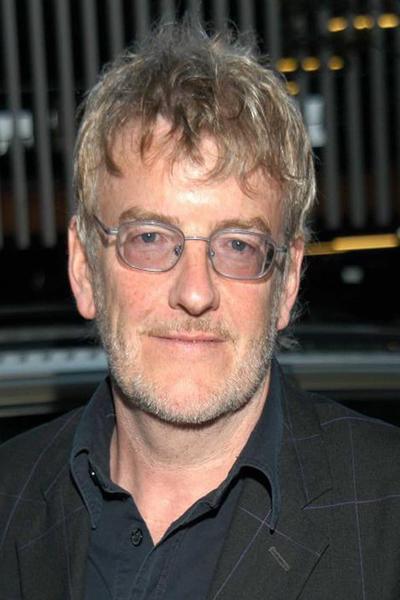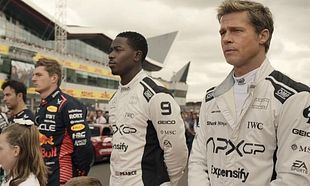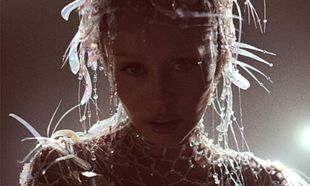Inspired by the renowned art collector, dealer and gallery director Hugh Lane, Citizen Lane boldly blends documentary and drama to show the importance of Lane to Irish history and culture, and portraying his unique complexities. Tom Vaughan-Lawlor plays Lane in recreations of the man’s life which are intercut with interviews contemplating his career. Contributors include historian professors Roy Foster and Paul Rouse, and art historian Morna O’Neill.
There has been a high standard in Irish documentaries for a number of years now, more recent ones including the innovative The Farthest, Ken Wardrop’s touching His & Hers and Making the Grade, and the brilliant Older Then Ireland, to name a few. Citizen Lane can also consider itself a reflection of the growing excellence and creativity inherent in Irish film.
Close-ups on artwork emphasising their detail, colour and uniqueness inspire tranquillity in the viewer as the fascinating history behind the renowned Hugh Lane Gallery and its eponym unfolds at a quick pace. The film alternates between the contemplative present and recreated past in a far more natural way than one would expect. We learn (or, if you recall your Irish history from school, review) how Ireland was a place of fascinating change between the late 19th century and early 1910s, as history, sport, language and theatre among other things were revived and reinvested with national identity. We’re shown how Lane was paramount in the revival of Irish art and painting.
Even more interesting than the retelling of the Irish Cultural Revival is the character study the film presents of Lane himself. Tom Vaughan-Lawlor is enrapturing in the role and commands the screen whenever he is on it – even when faced with a yelling Michael Gambon in the amusing role of Lord Ardilaun. Lawlor impressively captures the complexities and contradictions inherent to Lane, who desperately wanted to be an aristocrat, and ended up being thought a snob, and whom in spite of incredible generosity with family and friends, could be bafflingly self-absorbed.
While Lawlor appears in every historical scene, almost all the other actors have only small parts with some having as few as one or two scenes (the exception here being Lane’s confidant William Orpen, played by Marty Rae, who shares several moments with Lawlor and makes an effective happy-go-lucky counter to the conscientious Lane). At that, as they take on figures of the past like Lady Augusta Gregory (played by Derbhle Crotty), W.B. Yeats (Peter Campion), Reverend James Lane (Bosco Hogan) and Sarah Cecilia Harrison (Leslie Conroy), all play their roles with zest and feeling.
While Citizen Lane engagingly intercuts between the modern and historical, it is when the film turns to the past that it is particularly enjoyable. Aside from the excellent acting, the recreations are enjoyable because they move at a spritely pace and have an appealing costume and production design. With so many different types of content packed into a 90 minute-long film, Citizen Lane could have been a mess, yet it fits together like pieces of a puzzle. In the hands of some of the best people working in the Irish movie industry today – director Thaddeus O’Sullivan, writer Mark O’Halloran, editor Mick Mahon and DOP Kate McCullough – Citizen Lane ends up being a delightful, insightful, fascinating experience.











































































